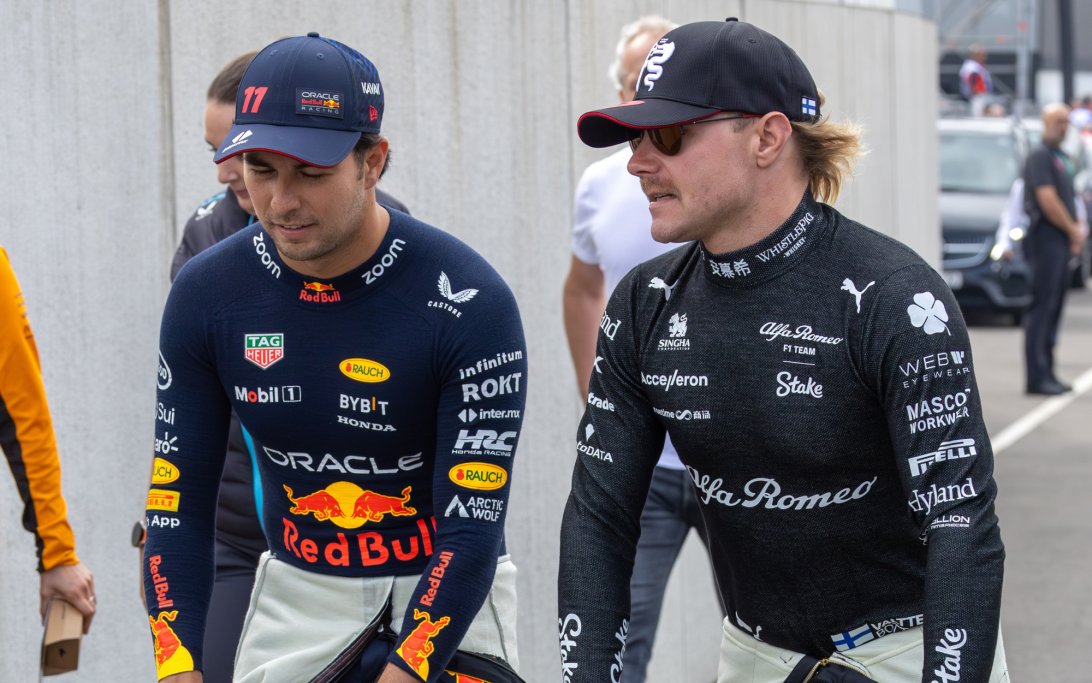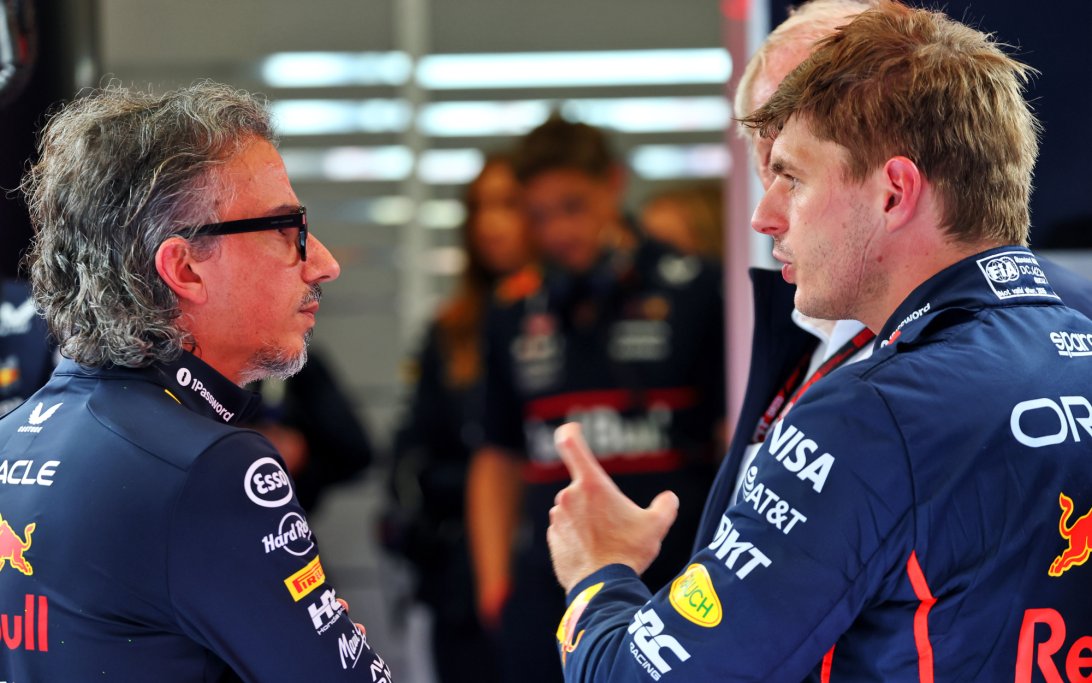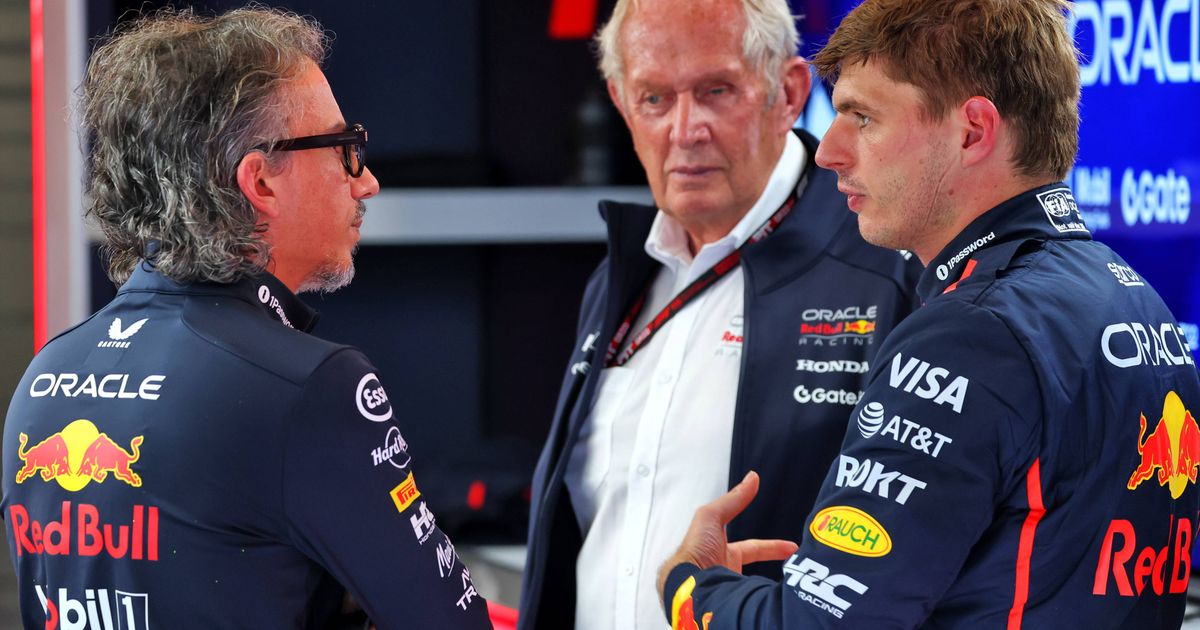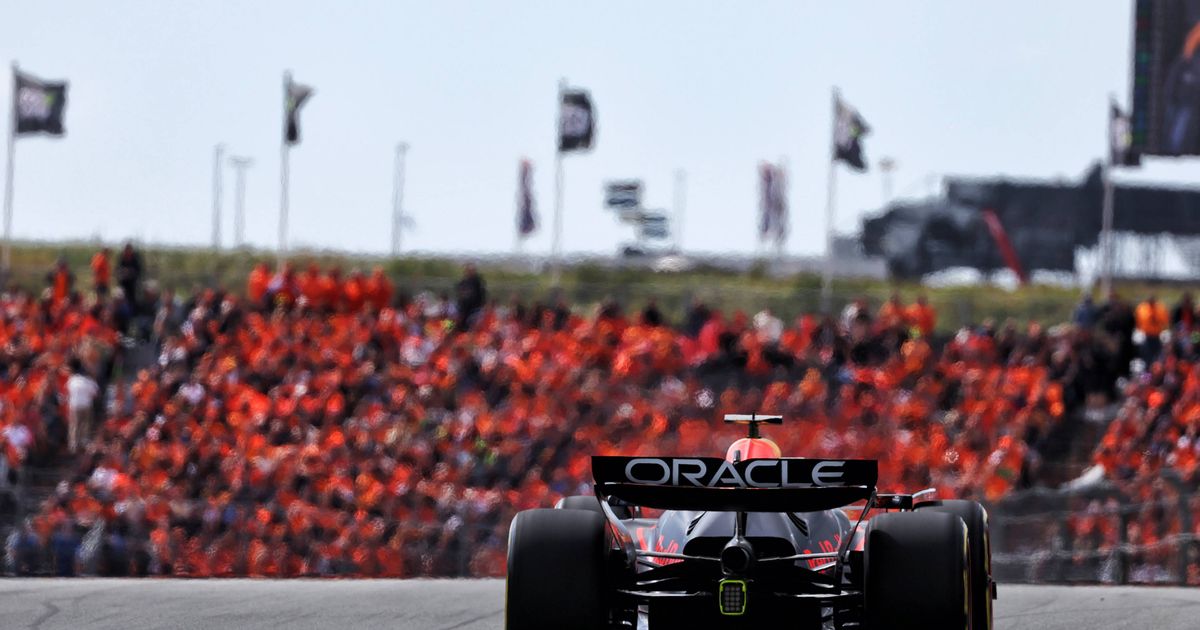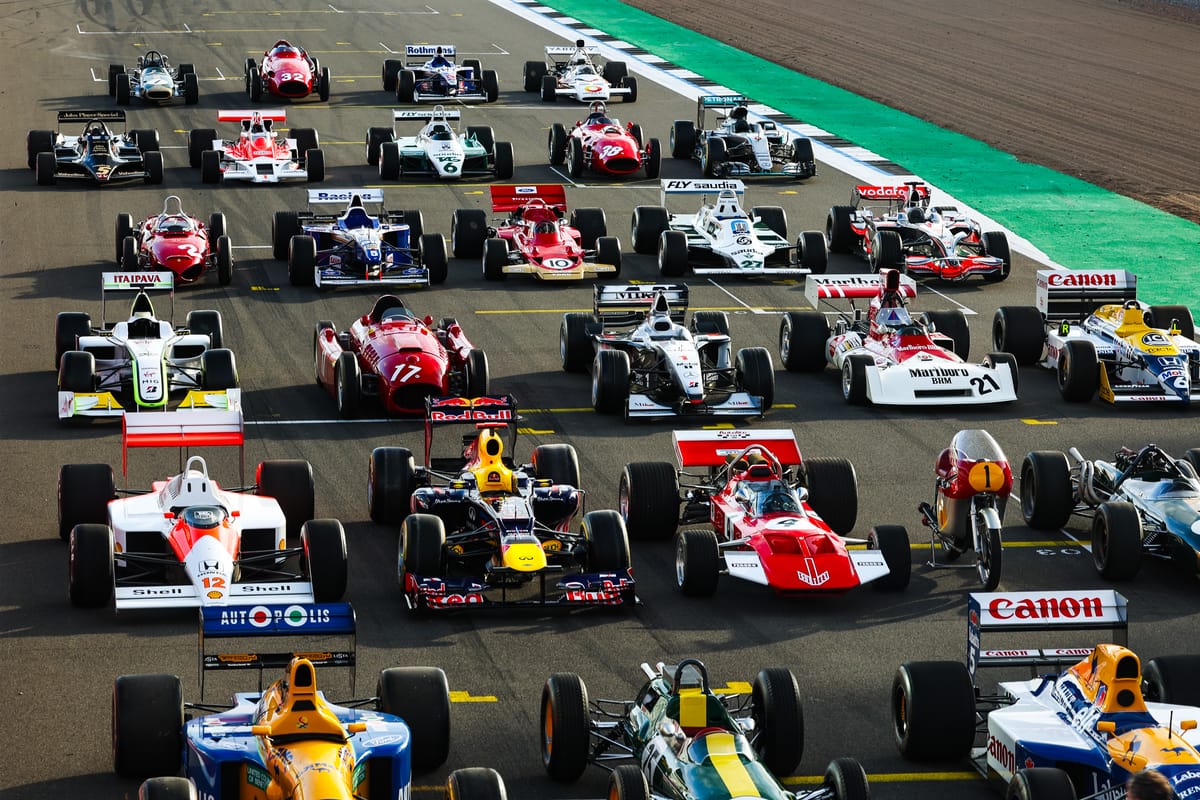F1 cars have dramatically increased in size and weight, prompting the 2026 regulations to aim for a significant rollback. The Silverstone Festival's World Champions Collection vividly showcased this evolution, revealing the challenges.
Why it matters:
Today's F1 cars, though fast, are dynamically "lazy" compared to earlier models. Their bulk reduces the responsive, agile handling that captivates fans, impacting the visual spectacle of on-track action.
The big picture:
- Dramatic Growth: A 2020 Mercedes W11 appears huge next to a 1950 Alfa Romeo 158 or 1963 Lotus 25, underscoring modern F1 cars' gargantuan dimensions.
- Weight Escalation: Minimum weight jumped from 505kg (1992) to 800kg (current). The 2026 target of 724kg is a step, but further reduction is crucial for improved car dynamics.
- Length & Agility: Current cars' 3.6-meter wheelbase (max) contrasts with shorter predecessors like the 1992 Williams FW14B. Shorter cars enhance turn-in responsiveness and dynamic sharpness.
The challenge:
Reducing size and weight is complex, involving balancing competing goals like component standardization and promoting lightweight innovation. Engine simplification could also aid overall car reduction.
What's next:
Future regulations must prioritize ideal proportions and dynamic characteristics. The aim is to create cars that "look right" and "feel responsive" to drivers, ultimately delivering exciting, on-the-limit performance for spectators.


